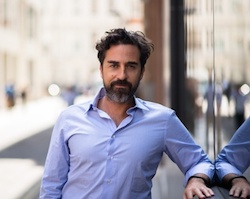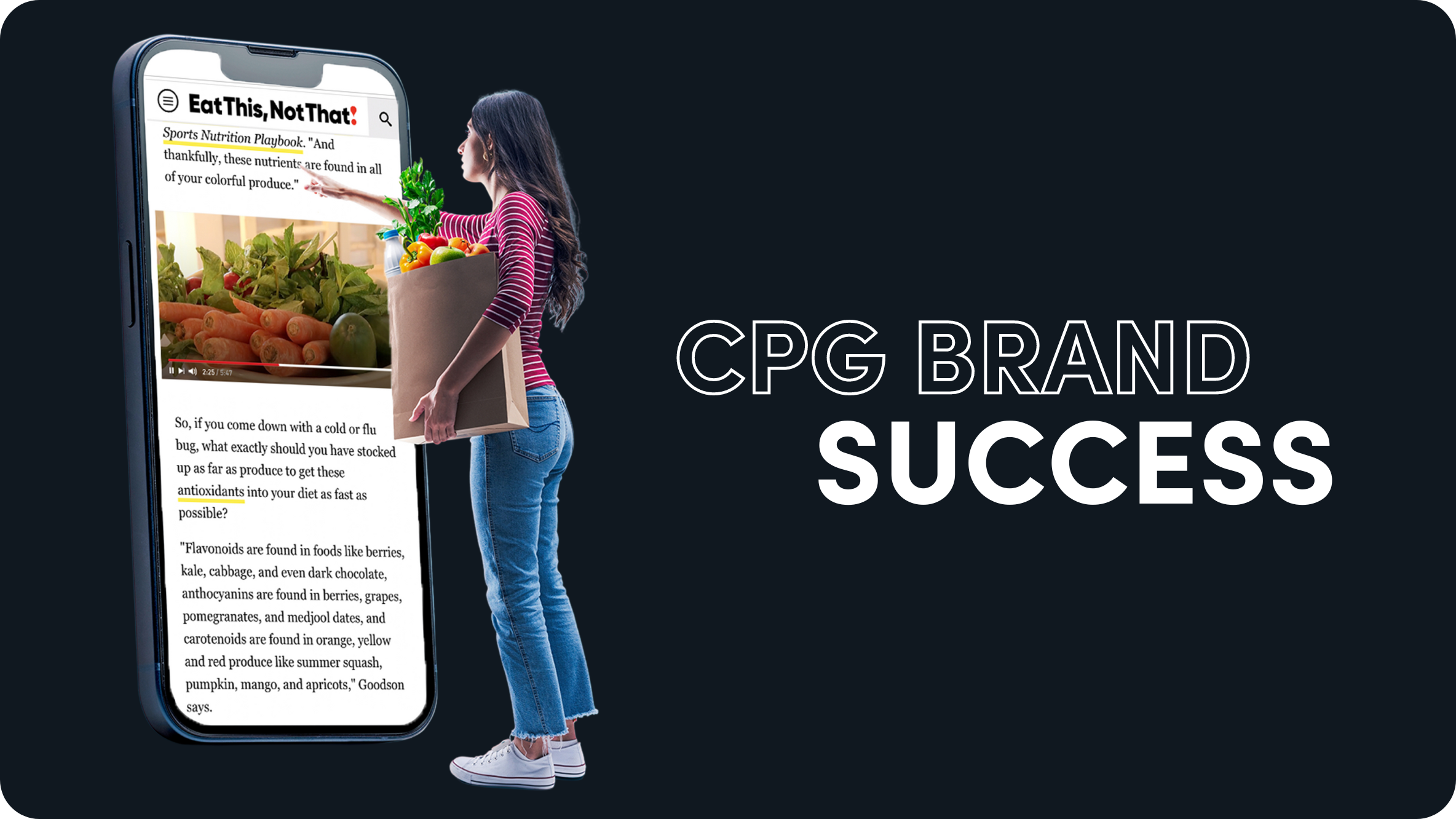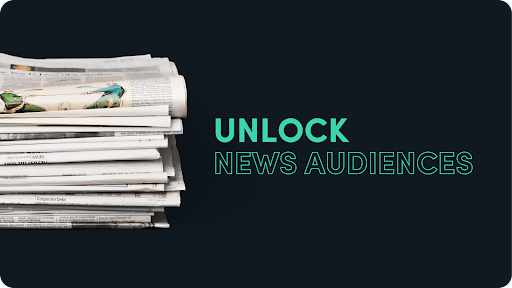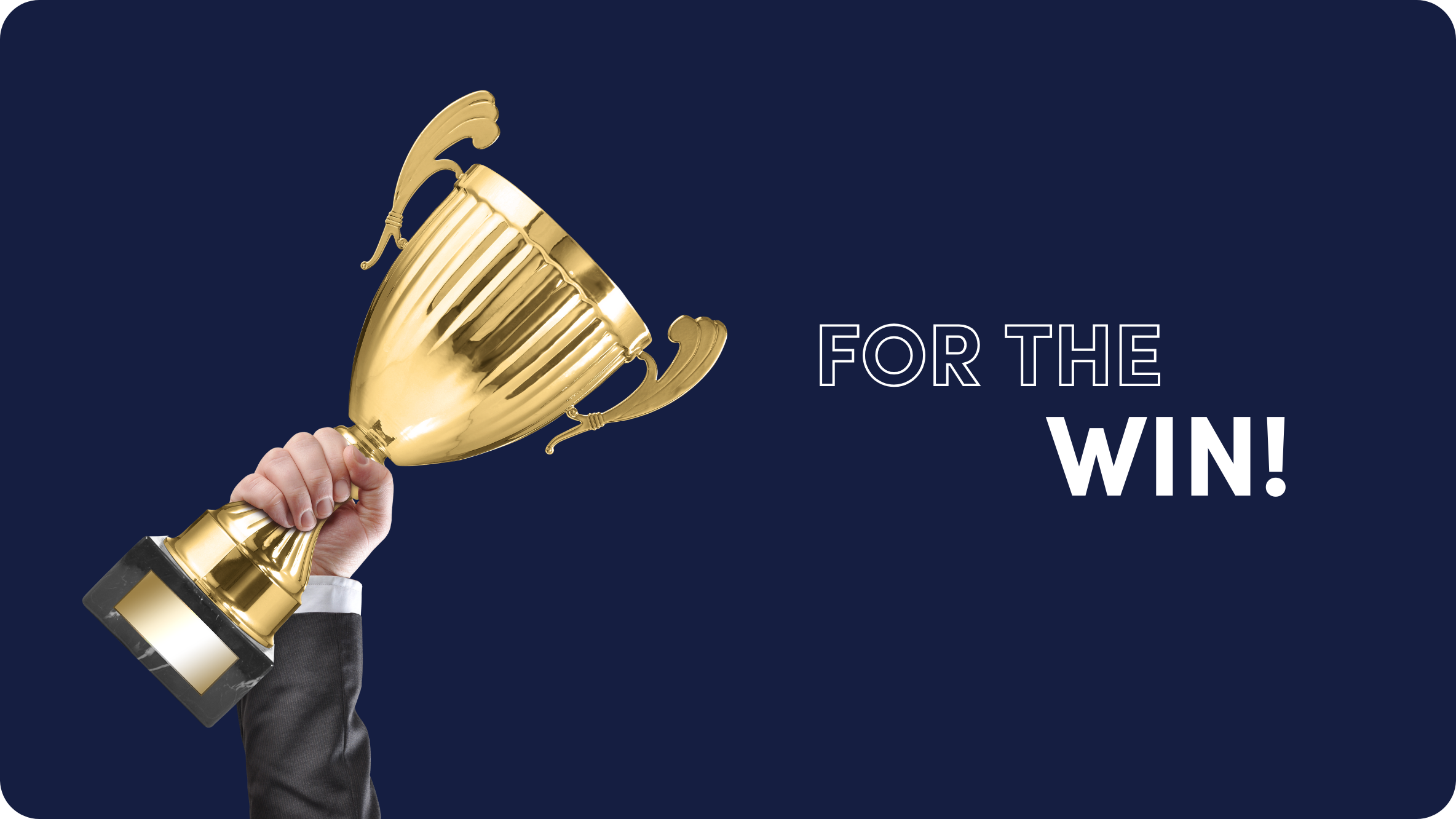In the Spotlight: Outbrain’s Captivate Event

In an era where every click, every view, every moment of engagement can make the difference between campaign success or failure, knowledge of attention mechanics is a game-changer.
“Captivate – The Art and Science of Attention” was more than just an event; it was raising the curtain to the pivotal role that attention plays in shaping the future of advertising and audience engagement. On stage was an exceptional lineup of industry experts, representing the full spectrum of attention platforms, agencies, brands, and publishers, to discuss the riddle of this emerging metric. In a fleeting span of two hours, together, we pulled apart the intricate threads of attention, with 150 attendees thirsting for profound insight. To those who joined me in this masterclass of revelation, it was nothing short of an honour to stand amidst such a constellation of intellects.
If the whirlwind of Captivate missed you this time, fear not. Dive deep below, and let’s wade through some of its defining moments.
1. Welcoming the Age of Attention
Consumers spend five hours daily consuming media. Of those five hours, 84 minutes are spent exposed to ads. However, consumers give their active attention to ads for only nine of those minutes. That’s just the tip of the iceberg as to why gaining attention is so valuable these days, and why we kicked things off with a macroview of media effectiveness. Our Chief Revenue Officer, Alexander Erlmeier, graced the stage alongside Dr. Graziella Castro, Global Head of Marketing Effectiveness at HSBC, to understand how she approaches media effectiveness and how attention has become a strategic pillar.
“If we don’t optimise what we have and we don’t push the boundaries of new modeling, new ways of measuring campaigns, we will reduce effectiveness into a pure and very simple exercise of tracking performance and then reporting back. But as the old saying goes, half of the money that we spend is wasted. Which one is the half that I’m wasting by staying put?” – Graziella Castro, Global Head of Marketing Effectiveness, HSBC
2. The Attention Imperative: Agency Titans on Media’s Most Contested Battleground
Brands and agencies are now diving deeper, recognising that mere viewability has become an outdated barometer of success. It’s no longer enough for an ad to simply appear; its true test lies in captivating the viewer’s genuine attention. We’re evolving past superficial metrics and instead gauging the real probability of a viewer not just glancing, but immersing themselves in the ad’s narrative, ensuring every second is not just seen, but genuinely felt. We brought on three leading agency titans to dive into what questions loom when planning and executing media for their clients. The main takeaway that led to the ensuing panel discussions, 1) Needing a better understanding of how attention is important in terms of the actions it gets from the consumer in their journey, and 2) Leveraging it as outcome-driven instead of KPI-focused.
“It’s really about stepping back and asking ourselves: ‘Why do we spend advertising money?’ In the end, we do that because we want to make sure it delivers an outcome that matters. And for many companies, that outcome is sales. The next obvious question is then, ‘more than driving more sales, can it deliver a higher ROI?’ There’s a lot of promise, but I don’t think we have all of the answers today.” – Stefanie Hartstern, Global Data & Analytics Director, EssenceMediacom
3. Beyond Impressions: Redefining Success with Attention Metrics
In challenging the status quo for better media efficiency, the industry looks to attention platforms to fill in the gaps. We had the privilege of hosting pioneers from three of the leading measurement platforms – Adelaide, Amplified Intelligence, and Lumen – for an electrifying session that was certainly high impact. We heard the nuances of attention, with diverse perspectives on its strengths and weaknesses – and saw a spirited debate about the best way forward for our industry.
In the ever-shifting sands of media, banking on the old guard of viewability as the sole measure of attention is a relic move. Acknowledge instead, that there is a tapestry of attention mavericks out there, weaving methodologies from academic to algorithmic. Realise that measuring attention isn’t a neat equation scribbled on a chalkboard. Embrace it as an art, nuanced and ever-evolving. Buy into these refined methodologies as a superior compass for gauging media. Then, with conviction, go all in.
Attention measurement isn’t a hope, it’s a strategy.
“Media’s job is to create an opportunity for attention. If you want to judge the quality of an opportunity, you think about probability. So what we do is we measure the probability of attention by any person, to any creative in a placement, and it creates a static store on the placement which you can use to understand media quality. And when I talk to brands about this, that is what they’re after. They’re after a better understanding of media quality and an easy way to use that to drive better outcomes. I think it’s really important to move this conversation away from how can we drive the most amount of attention to ads, to how can we create the highest probability of attention by any person to ads.” – Marc Guldimann, CEO, Adelaide
4. Measuring Attention: The Gold Standard in Publishing
In the grand theatre of publishing, the Telegraph doesn’t just chase attention – it commands it. Our Executive Vice President of Publishers, Stephanie Himoff, held a fireside chat with The Telegraph’s Head of Commercial Success, Anthony Crocker, exploring the very soul of the company’s attention strategy and its principle: engage, don’t enrage. For any publisher striving to decode the success mantra in a digital era, this was the perfect blueprint.
“It’s really about ‘thinking outside the frame’. So much of the measurement in place at the moment is thinking about what’s happening inside the frame of an ad, but actually the biggest influence on an ad in terms of the quality of attention is what’s going around the frame. It’s about how someone is interacting with that content. Is that ad jarring or intrusive to their content experience? We know we’ve got metrics that go below the fold where if you allow people to engage with that content in a reasonable amount of time, they are much more likely to engage.” – Anthony Crocker, Head of Commercial Success, The Telegraph
5. Rats, Religion, and Radical Authenticity
Next was a thought-provoking session by Peter Grant, Head of Marketing Effectiveness at Boots. Peter’s session took us on a unique journey that explored the intersection between rats, religion, and radical authenticity. His engaging discourse was illuminated by research that has identified parts of the brain responsible for play and laughter – known as the “play zone” – and how the answer for brands to gain attention is tapping into this area of stimulation. He shed light on our society undergoing a context collapse, and why the context in which we consume media is as important as the quality of attention. Peter’s insights didn’t end there, issuing a call for all of us to embrace the spirit of curiosity and transparency:
“I encourage people through curiosity to ask questions about what might not be working and then take some risks. Replace fear with bravery. The only way in which any organization such as Boots can secure funding and do a lot of the things we’re talking about is having absolute trust in your business. What I try to practice and encourage others to practice is just being truthful. You’ve got to be absolutely credible and that means when things go wrong, as they do, avoid the temptation of changing the position or context.” – Peter Grant, Head of Marketing Effectiveness, Boots
6. Attention Magnets: Reinventing Creativity for a Distracted World
Amidst the chatter about attention and its myriad of measuring sticks, the real enigma lies in how we hold it captive. For this, we brought four of the finest minds from General Mills, Kantar, System One, and Three, to dig into the magic of crafting attention magnets. Our panel shared dynamic insights on effectively balancing the dance between attention and creativity when navigating the two schools of advertising: brand building and brand performance.
The brutal truth is that ads don’t dominate thoughts like they do for us industry folk. The game then? It’s about weaving tales with unwavering consistency, using assets that echo over time. And if you’re hunting for the golden key to grip attention? Humour is your driver – a force that eclipses all other emotions in holding a gaze.
“When we look at different types of advertising to generate emotional response, if you look at brand building then you need advertising that often involves people, characters, music, humor, metaphor. It puts it in memory while driving emotion. Meanwhile, you also have this narrow beam of attention that features short, sharp cuts, the words on the screen, rhythmic soundtracks, all those things. Those drive very direct, short-term effects such as getting to a website or pushing people towards downloading an app. It has very different kinds of effects from the broad beam type of advertising.” – Orlando Wood, Chief Innovation Officer, System1
The age of attention has unfurled its wings, yet we’re merely at its overture. Events like Captivate, in harmony with the unveiling of our branding platform Onyx by Outbrain™, deepen our grasp of attention.
As the industry pivots towards refined measurement techniques, Captivate also underscores Outbrain’s commitment to continue pioneering solutions that will help shape the market. We’re honoured to have played a part in bringing diverse perspectives that deepen the industry’s knowledge during this resonant transition, bridging the gap between theory and practical application.













